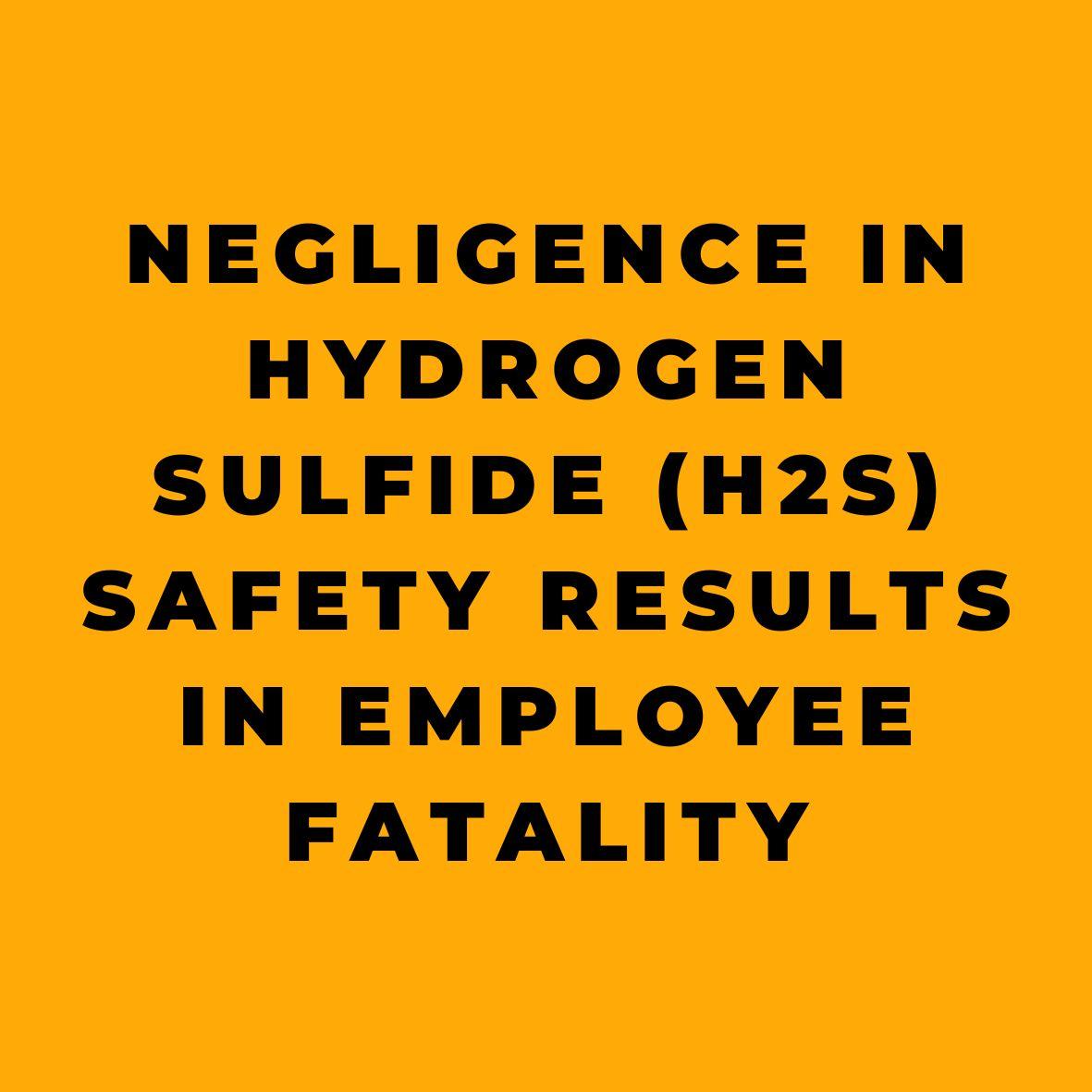Today we’re going to talk about a sobering incident in the oil and gas industry, the potential dangers of hydrogen sulfide exposure, and the importance of workplace safety.
On September 2022, an employee of Production Waste Solutions LLC suffered a fatal exposure to hydrogen sulfide while working near a sump pit. The company, located about 175 miles east of El Paso, Texas, failed to protect its workers from the chemical hazards present at the production waste facility.
The U.S. Department of Labor’s Occupational Safety and Health Administration (OSHA) cited the company for six serious safety and health violations, including exposing employees to inhalation hazards, inadequate training, and lack of appropriate safety equipment. OSHA assessed $39,064 in proposed penalties, as mandated by federal statute.
Hydrogen sulfide (H2S) is a colorless, flammable, and highly toxic gas with a distinct rotten egg smell. It occurs naturally in sewers, manure pits, well water, and oil and gas wells. When inhaled, even in low concentrations, it can cause irritation to the eyes, nose, and throat. At higher concentrations, hydrogen sulfide can lead to headaches, dizziness, unconsciousness, and even death. The tragic loss at Production Waste Solutions LLC could have been avoided if the company had adhered to established safety procedures and provided the federally required training and equipment.
To protect workers from hydrogen sulfide exposure, employers must take necessary precautions. This includes conducting hazard assessments, providing appropriate personal protective equipment, and offering training on the dangers associated with hydrogen sulfide. Workplaces must also have quick body drench or eye flush stations in the immediate work area where corrosive materials are present.
In conclusion, it’s crucial for companies to prioritize workplace safety and adhere to OSHA regulations. By doing so, they can prevent tragic incidents like the one at Production Waste Solutions LLC and ensure the well-being of their employees. Remember, safety should always come first, and it’s the responsibility of both employers and employees to make it a priority.
For more information about OSHA and how to protect workers from exposure to hydrogen sulfide, visit OSHA’s website.
References:










